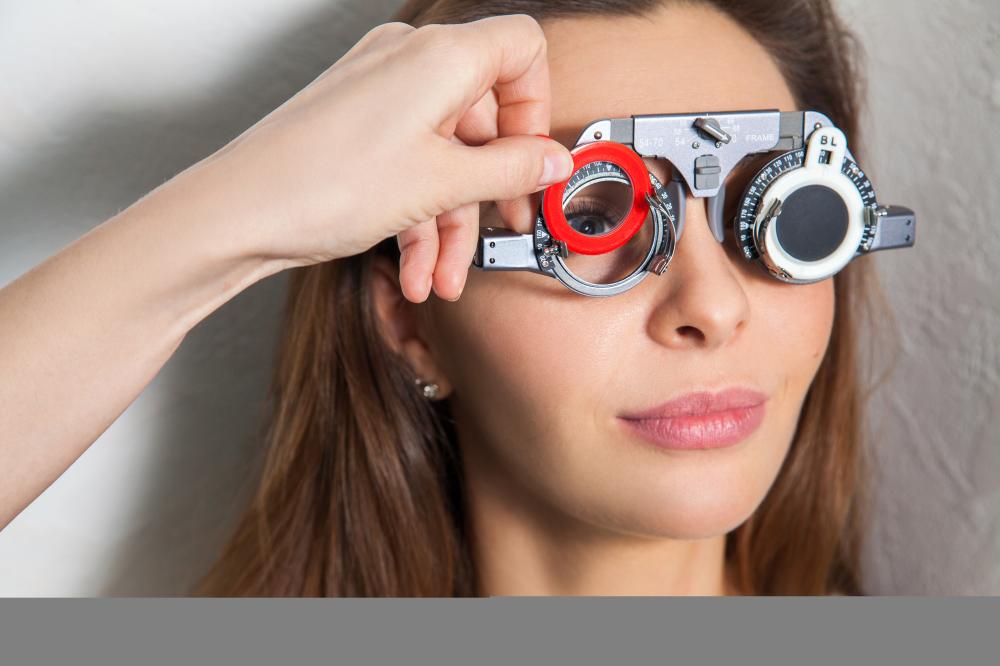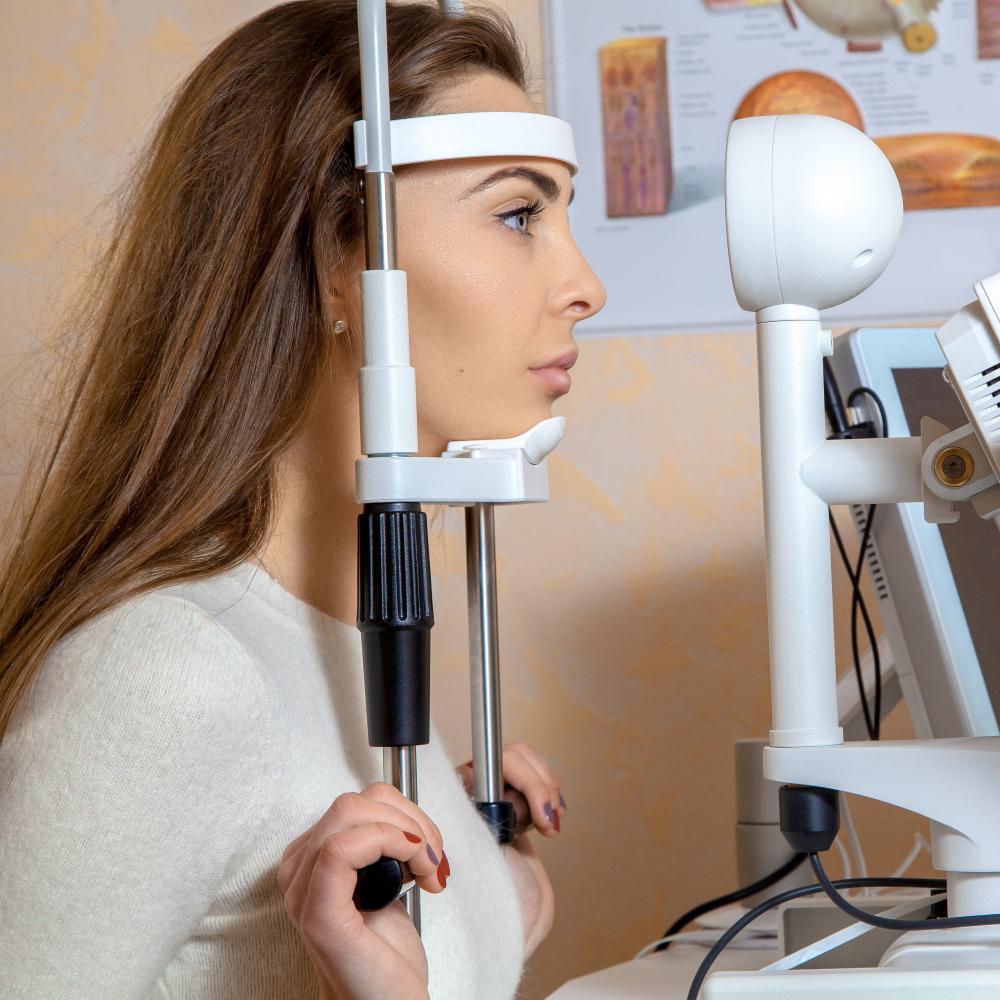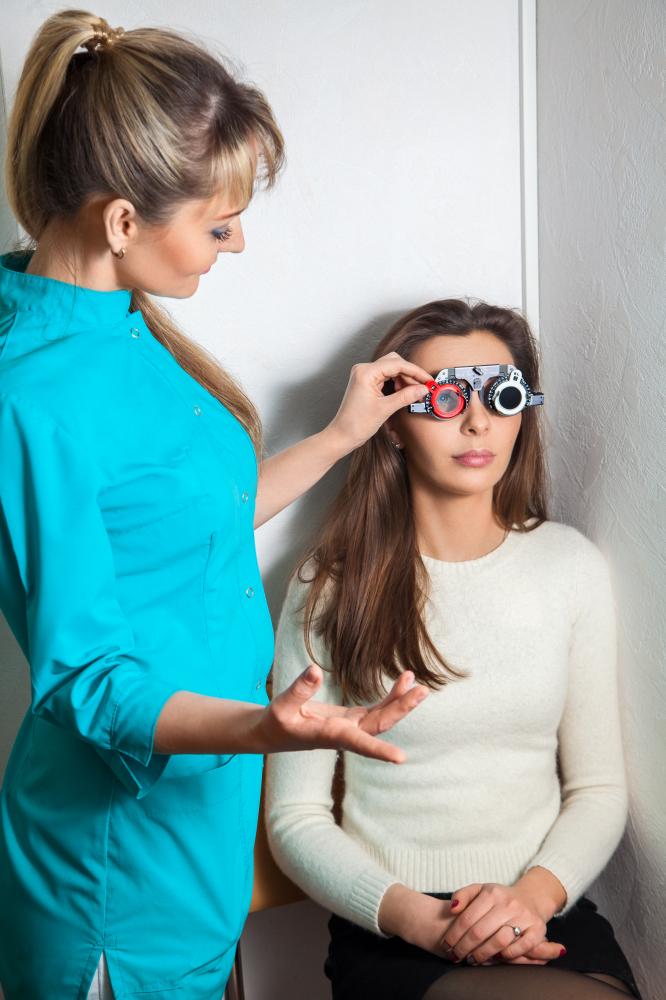Table of Contents
Understanding Lazy Eye

When we talk about lazy eye, or amblyopia, we’re diving into a common vision disorder that occurs during early childhood. It’s where one eye doesn’t develop the way it should, essentially falling behind in its ability to see details. This leaves the other eye to do the heavy lifting, which over time becomes the dominant source of vision.
My journey through the optical landscape at Fresnel Prism has shown me the profound impact conditions like lazy eye can have on someone’s life. It’s more than just a vision problem; it can affect self-esteem, learning, and even career choices later in life. Thankfully, interventions like lazy eye occlusion therapy provide a ray of hope for many.
The Purpose of Occlusion Therapy
Lazy eye occlusion therapy, a cornerstone of amblyopia treatment, isn’t just about slapping a patch on and hoping for the best. It’s a calculated method aimed at forcing the brain to pay attention to the weaker eye. By covering the strong eye, the brain has no choice but to rely on the lazy eye, thus strengthening its connection to the brain.
Personal Insights on Therapy
In my professional experience, the success of lazy eye occlusion therapy often hinges on consistency and a supportive environment. I’ve seen children who struggled at the beginning but made remarkable improvements with perseverance and family encouragement. Their success stories are testaments to the therapy’s power when applied with patience and understanding.
Customizing the Treatment Plan
Every individual is unique, and so is their treatment plan for lazy eye occlusion therapy. The duration and frequency of wearing the eye patch are tailored to the patient’s needs, which could vary from a couple of hours each day to almost all their waking hours.
At Fresnel Prism, we understand the intricacies of devising such treatment plans. It’s not one-size-fits-all; factors like the severity of amblyopia, patient age, and even lifestyle contribute to how we approach each case.
Age and Occlusion Therapy
One crucial factor in lazy eye occlusion therapy is the age of the patient. Typically, the earlier the intervention, the better the outcomes. Children’s brains are more adaptable, allowing for more profound changes in how the lazy eye communicates with the brain.
However, it’s not all doom and gloom for older patients. I’ve witnessed older children and even adults benefit from occlusion therapy. It might take longer, and the improvements might be more subtle, but progress is still attainable.
Navigating Challenges
Like any other treatment, lazy eye occlusion therapy comes with its set of challenges. It might be a bumpy start for some kids, especially when they realize they have to rely on their weaker eye. As specialists, we blend compassion with our knowledge to help families through these initial stages.
In my practice, I’ve employed creative strategies to ease the transition. It could be something as simple as setting up a reward system or finding ways to incorporate the patch into a child’s favorite activities.
Measuring Progress
Progress in lazy eye occlusion therapy isn’t always a straight line. It’s measured in small victories, like an improvement in the visual acuity test or a child being able to catch a ball a little better than before. Monitoring these incremental changes helps us to adjust the treatment as needed.
It’s also essential for patients and their families to maintain a close relationship with their orthoptist or optometrist. Regular check-ups ensure that the therapy is on track and allow for any necessary adjustments.
From Our Patients
One of the most rewarding aspects of my work is hearing the stories from those we’ve helped. There’s the case of a young artist who could finally see the true depth of colors after successful therapy, or the soccer player who improved his game because his depth perception got better. These personal anecdotes are a testament to the life-changing potential of lazy eye occlusion therapy.

Advances in Treatment
At Fresnel Prism, staying at the forefront of optical technology is part of our DNA. We’re always exploring newer, more comfortable, and more effective ways to deliver lazy eye occlusion therapy. For instance, integrating digital tools to track therapy compliance or researching materials that can make eye patches less of an irritation and more of a simple part of daily life.
Support Beyond Therapy
Managing a child’s amblyopia treatment isn’t just about the time they spend with the patch on. It’s about creating a nurturing atmosphere that fosters growth. Parents and caregivers are an integral part of the therapy, offering encouragement and making sure the eye patch becomes a non-disruptive part of the child’s routine.
Education is vital, too. Helping children understand why they’re going through lazy eye occlusion therapy can make them more cooperative and invested in their treatment. It’s about empowering them with knowledge and participation.
Embracing the Journey
Lazy eye occlusion therapy is not just a medical procedure; it’s a journey that the patient and their family embark on. It requires dedication, patience, and a lot of heart — qualities that we at Fresnel Prism hold dear in our mission to enhance vision and enrich lives.
Seeing a child’s face light up when they realize they can see better is a moment of pure joy. It reaffirms why we pour so much passion into our work, pushing the boundaries of optical technology to ensure that each person who walks through our doors leaves with a brighter, clearer vision of the world.
Lazy eye occlusion therapy is a testament to the resilience of the human spirit and the wonders of modern science. As part of our commitment to excellence, we strive to make this journey a transformative experience, guiding our patients toward a future where their vision is not a barrier but a window to their dreams and aspirations.

How long does occlusion therapy take?
At Fresnel Prism, we’ve noticed that the duration of occlusion therapy can vary widely among individuals. Typically, the treatment can range from several weeks to several months. For some, it might extend over a year, especially in cases where the amblyopia is more severe or when the therapy starts at an older age. We customize each treatment plan to meet the patient’s specific needs, taking into account the adaptability of their visual system and the progress they make over time. The beauty of occlusion therapy is its flexibility and how it can adapt to the pace of the individual’s improvement.
What is the success rate of occlusion therapy?
The success rate of occlusion therapy for lazy eye can be highly encouraging, with many patients experiencing significant improvements in vision. However, it’s essential to understand that ‘success’ can mean different things depending on several factors, including the age of the patient, the severity of amblyopia, and how consistently the therapy plan is followed. At Fresnel Prism, we are committed to providing personalized care, and that commitment has translated into many success stories. Our approach is to maximize each individual’s visual potential through state-of-the-art therapies and dedicated support.
How many hours can you do occlusion therapy?
When prescribing occlusion therapy, we at Fresnel Prism take a tailored approach. The number of hours per day a patch should be worn depends on the individual’s age, the severity of their lazy eye, and their daily activities. It can range from as little as an hour to the majority of their waking hours. Monitoring and adjusting these hours are crucial for balancing therapeutic effectiveness with the child’s comfort and well-being. Rest assured, we find the right balance to ensure the therapy is both effective and manageable.
What is the most effective treatment for lazy eye?
The most effective treatment for lazy eye is often a comprehensive approach that includes occlusion therapy, vision therapy exercises, and sometimes corrective glasses or contacts. The key is early detection and intervention. At Fresnel Prism, our success with occlusion therapy has been remarkable, particularly when combined with the dedication of our patients and their families. By fostering a nurturing environment and using the latest in optical technology, we help ensure that each patient receives the most effective treatment for their specific needs.
Can occlusion therapy be effective for adults with lazy eye?
Conventional wisdom has long held that treating lazy eye, or amblyopia, is far more successful in children than adults due to the plasticity of the developing brain. However, recent studies and our own experiences at Fresnel Prism suggest that adults can still benefit from occlusion therapy. Although changes may be more subtle and require a longer treatment duration, we’ve seen positive outcomes in adult patients who are committed to the therapy. It’s a testament to the adaptability of the human brain at any age.
How do you choose the right eye patch for occlusion therapy?
Choosing the right eye patch is crucial for the comfort and compliance of the patient undergoing occlusion therapy. At Fresnel Prism, we consider the patient’s skin sensitivity, lifestyle, and the number of hours they’ll be wearing the patch. We offer a range of eye patches, from hypoallergenic to designer ones that kids would love to show off. The right eye patch not only improves the chance of a successful treatment but can also make the experience more enjoyable for the patient.
What creative strategies can be employed to help children with their occlusion therapy?
Incorporating occlusion therapy into a child’s routine can be a challenge, but with creativity, it becomes more of an adventure. At Fresnel Prism, we sometimes suggest turning the eye patch into a superhero’s accessory or involving it in role-playing games. We also encourage setting up a reward system to celebrate the child’s milestones. By making the therapy fun and engaging, we aim to build a positive and empowering experience for each child, guiding them towards improved vision with each imaginative step.
Additional Resources
-
National Eye Institute (NEI): For comprehensive information on amblyopia (lazy eye), its causes, symptoms, and treatments, visit the NEI website, which is a part of the U.S. National Institutes of Health.
NEI Amblyopia Resource -
American Association for Pediatric Ophthalmology and Strabismus (AAPOS): AAPOS offers resources on children’s eye health and vision development, including detailed information on amblyopia.
AAPOS Amblyopia Information -
Centers for Disease Control and Prevention (CDC): The CDC provides a hub of information including statistics and fact sheets about vision impairment and eye conditions like lazy eye.
CDC Vision Health -
The American Academy of Ophthalmology (AAO): Access a wealth of knowledge on eye health from the AAO, which offers patient education material on various eye conditions, including amblyopia.
AAO Amblyopia Guide -
The American Optometric Association (AOA): AOA provides insights into the importance of eye health care and prevention strategies, including treatment options for amblyopia.
AOA Amblyopia Overview -
MedlinePlus: A service of the U.S. National Library of Medicine, MedlinePlus offers information on health topics, including an easy-to-read section on amblyopia.
MedlinePlus Amblyopia
